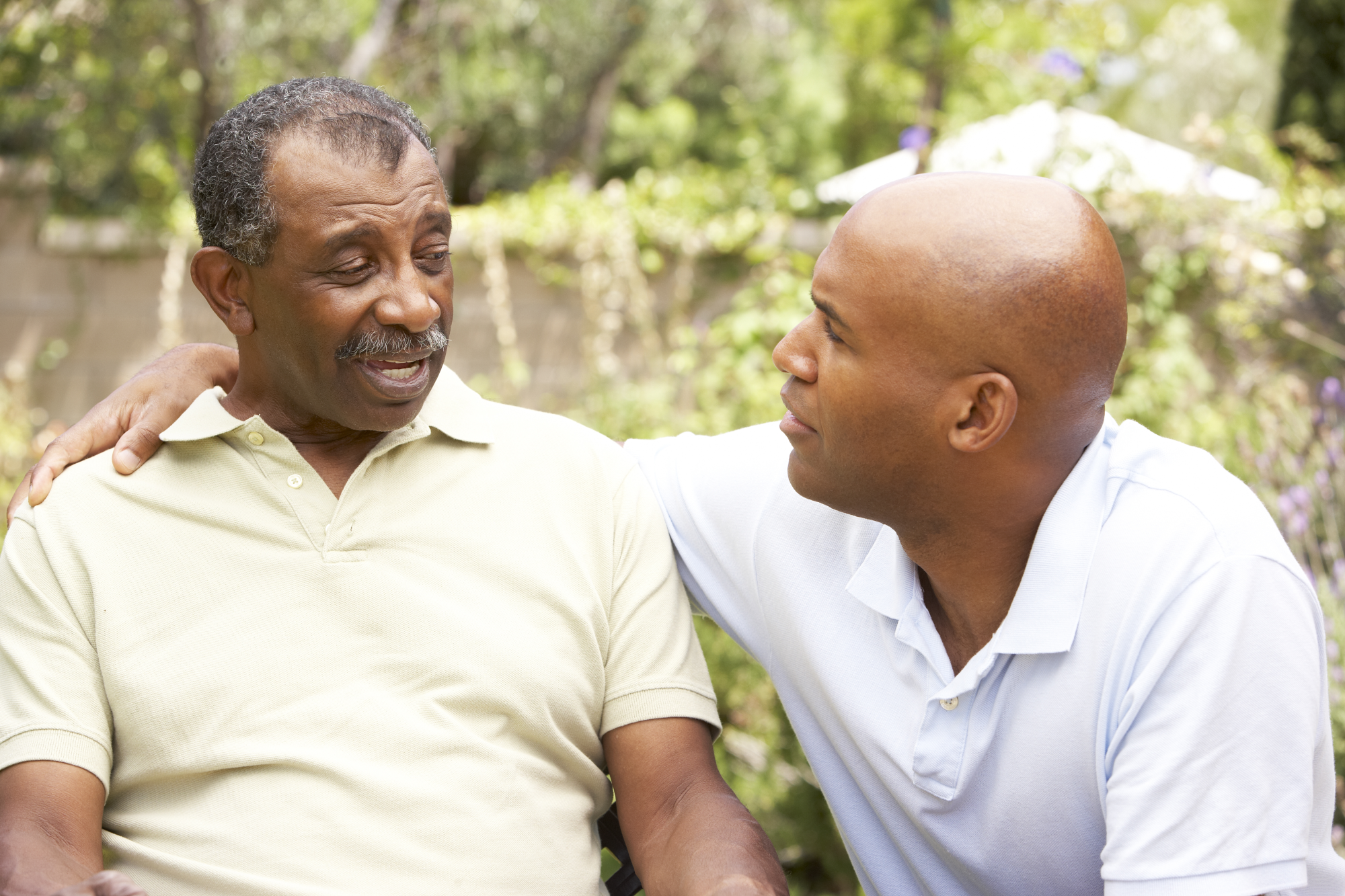June 27, 2019
Help for Veterans Living with PTSD

June is PTSD (post-traumatic stress disorder) Awareness Month. PTSD is a mental health problem that some people develop after experiencing or witnessing a life-threatening event, like combat, a natural disaster, a car accident or sexual assault. Among military personnel, PTSD is a disorder that has been recognized for hundreds of years by many names, such as “soldier’s heart”, “shell shock” or “battle fatigue”.
As your family makes plans for Independence Day, please consider how the sounds of the holiday may affect the military veterans in your life. Loud fireworks, firing canons or a traditional 21-gun salute may trigger bad memories for veterans living with PTSD.
What Are the Symptoms of PTSD?
Anyone, at any age, can develop PTSD. This includes war veterans, survivors of physical or sexual assault, abuse, accidents, disasters, and many other serious events.
Not everyone with PTSD has been through a dangerous event. Some people get PTSD after witnessing a trauma happen to others. The sudden, unexpected death of a loved one can also cause PTSD.
Symptoms usually start soon after the traumatic event, but they may not appear until months or years later. They also may come and go over many years. Symptoms that last longer than four weeks, cause you great distress, or interfere with your work or home life, are indications of PTSD.
When you have PTSD, the world feels unsafe. You may have upsetting memories, feel on edge, or have trouble sleeping. You may also try to avoid things that remind you of your trauma — even things you used to enjoy. There are four types of PTSD symptoms, but they may not be exactly the same for everyone. Each person experiences symptoms in their own way.
- Re-experiencing symptoms – reliving the event; insomnia or nightmares, flashback; words, objects, situations, thoughts and feelings, can all be triggers
- Avoidance symptoms – loss of interest or pleasure in activities, guilt, loneliness; Avoiding watching movies about similar traumas, such as war films; social isolation is a common consequence of avoidance.
- Negative changes in beliefs and feelings – fear, severe anxiety, mistrust, self-destructive behavior; emotional detachment or unwanted thoughts.
- Feeling keyed up – feeling jittery, or always alert and on the lookout for danger, hypervigilance; suddenly becoming angry or irritable. Also known as hyperarousal.
Aging Veterans and PTSD Symptoms
For many veterans, memories of their wartime experiences can still be upsetting long after they served in combat. Even if they served many years ago, military experience can still affect the lives of Veterans today. Dealing with post-traumatic stress disorder (PTSD) is not an easy thing for the millions of people who have been diagnosed with it, and for veterans – elderly and otherwise – it can offer many challenges they never thought they’d have to face.
Caregivers who recognize PTSD symptoms and understand the issues related to care can reduce anxiety and stress for patients who live with post-traumatic stress disorder.
EveryStep’s hospice and home care nurses and aides receive specialized training to ensure that they provide optimal care for military veterans. EveryStep also offers a Veteran-to-Veteran Volunteer program, which matches military veterans who volunteer to spend time with hospice patients who have served our country. EveryStep also provides honorary ceremonies to veterans receiving its hospice care service and offers specialized care for veterans at the end of life.
Need help for yourself or someone in your care? For more information, call us at (855) 867-4692 or click here for more about hospice EveryStep Hospice or home care options EveryStep Home Care. EveryStep’s hospice and home care programs provide care and support to patients, family members and their caregivers through chronic or serious illness, recovery or rehabilitation. Our experienced and compassionate staff can assist family caregivers in understanding the importance of nutrition, exercise, social ties, mental and spiritual health, and how all these things can contribute to wellbeing for individuals of all ages.